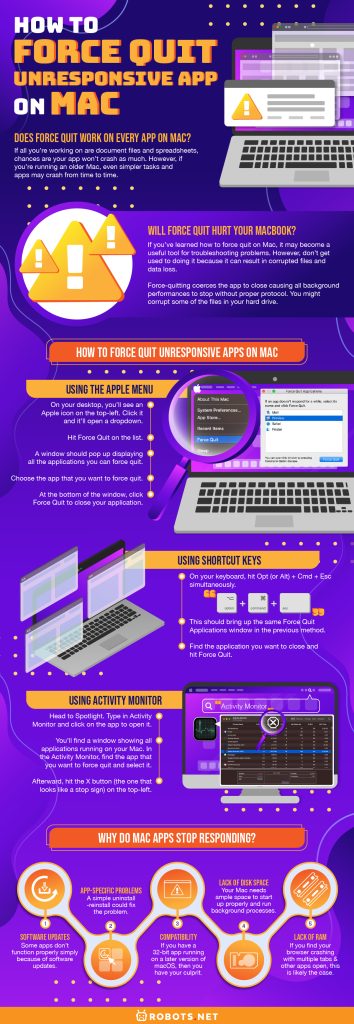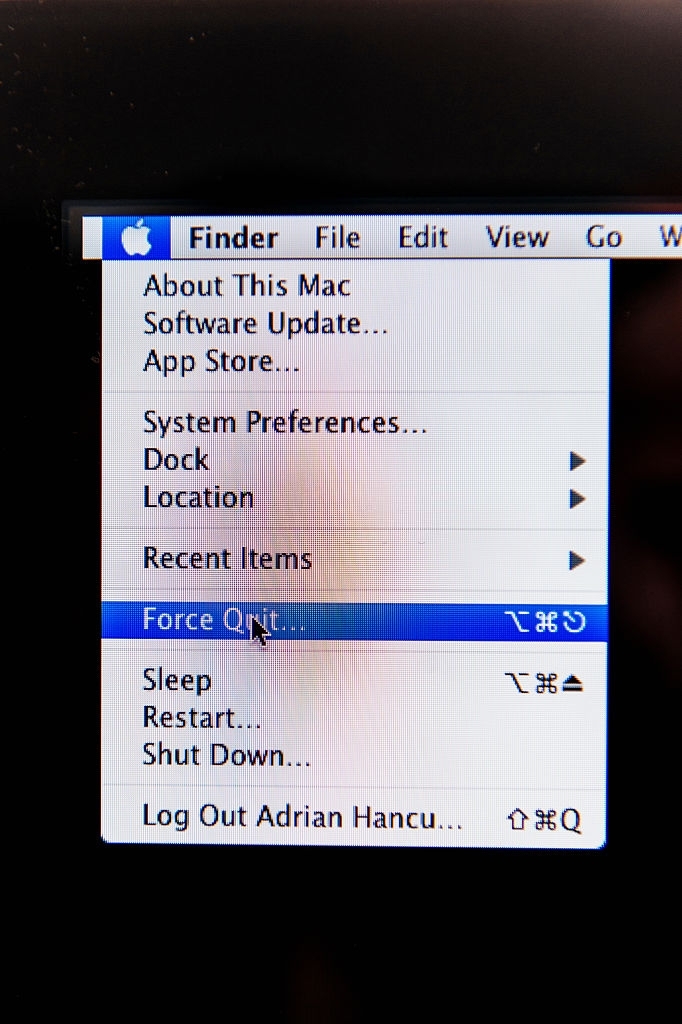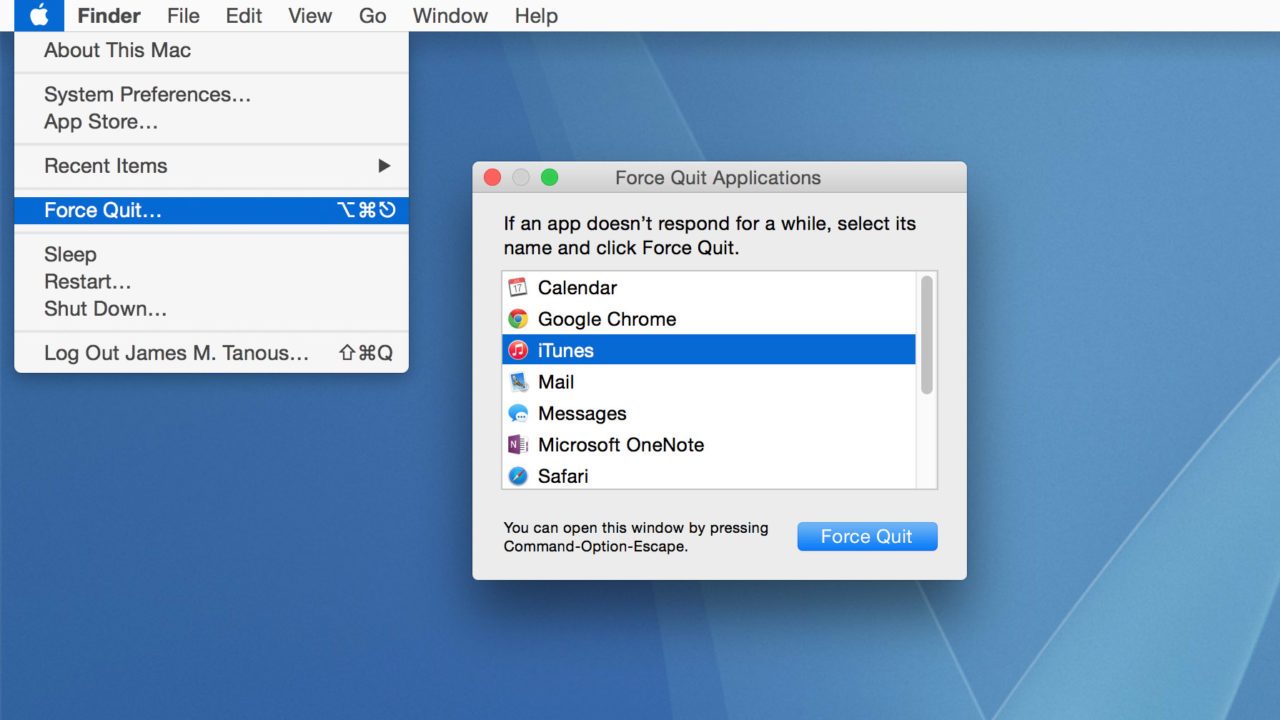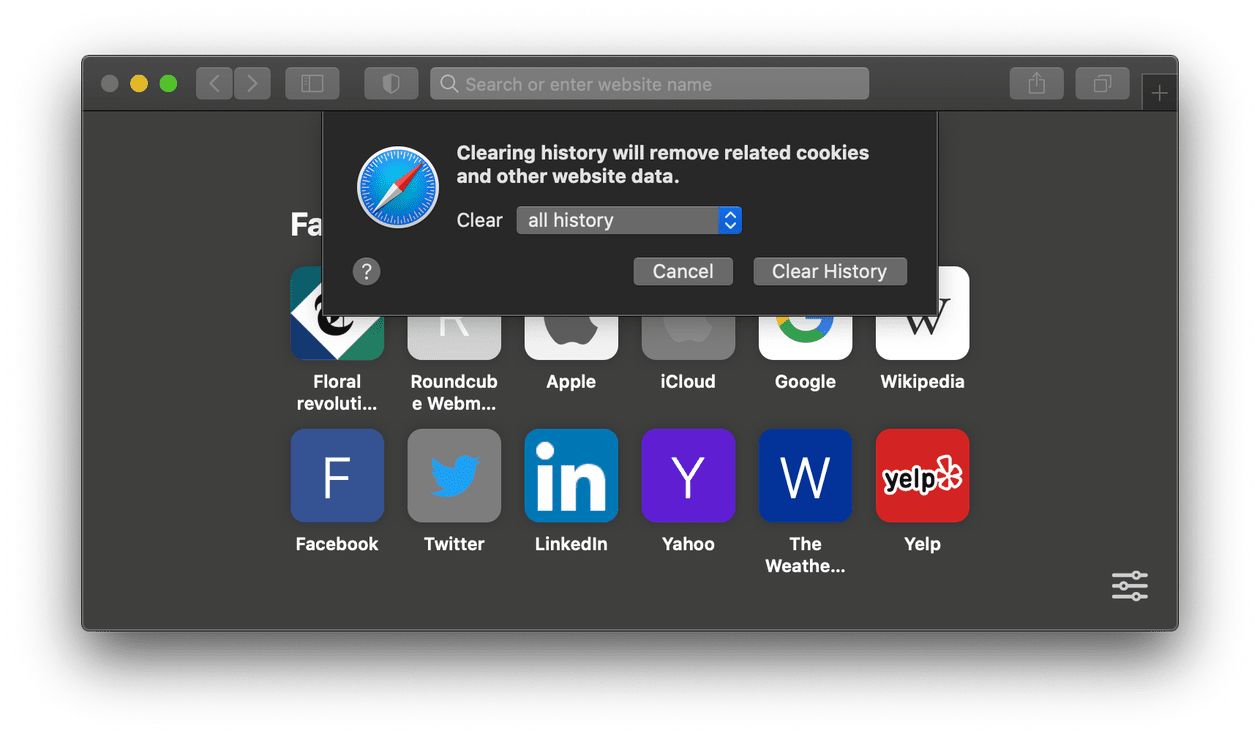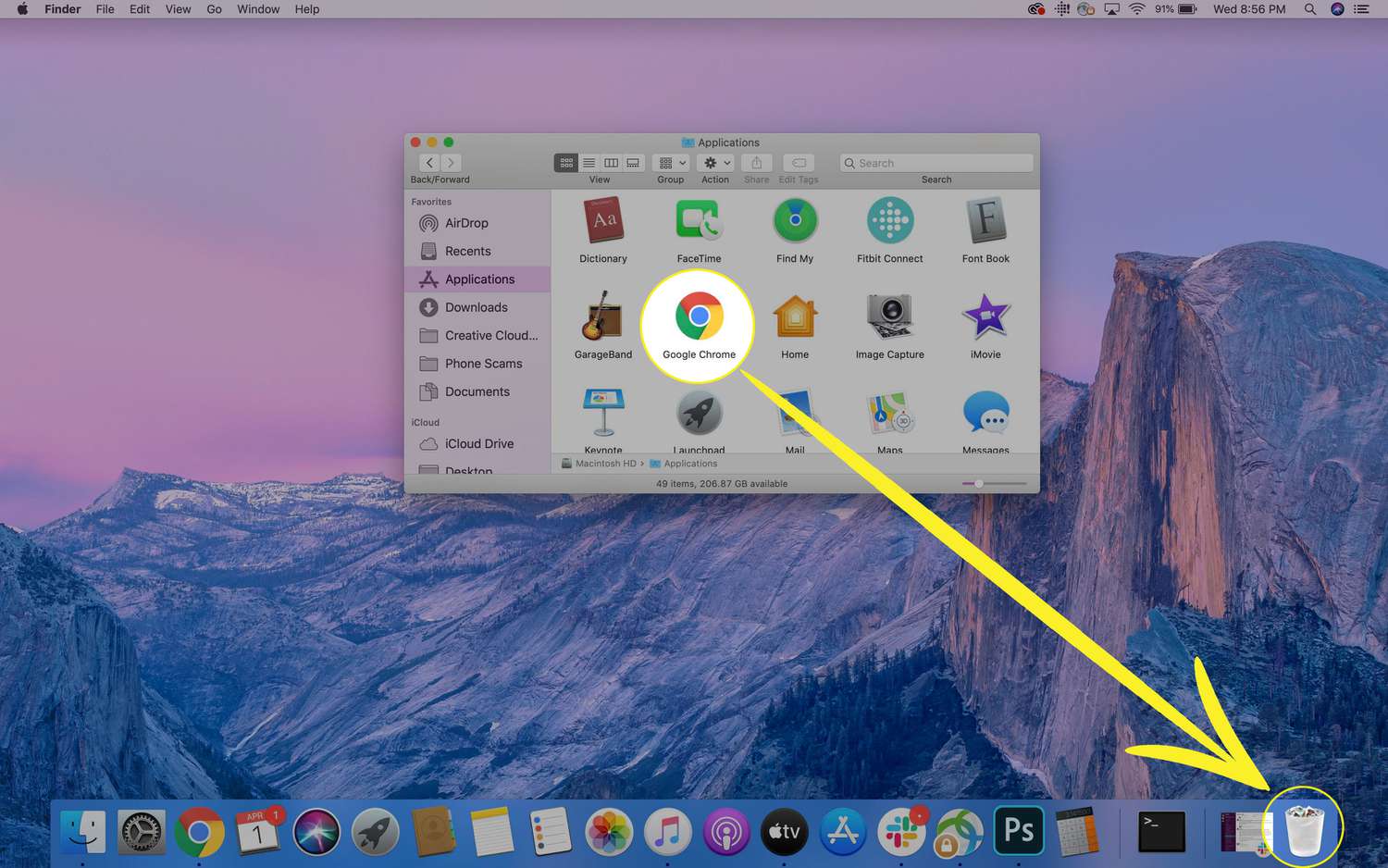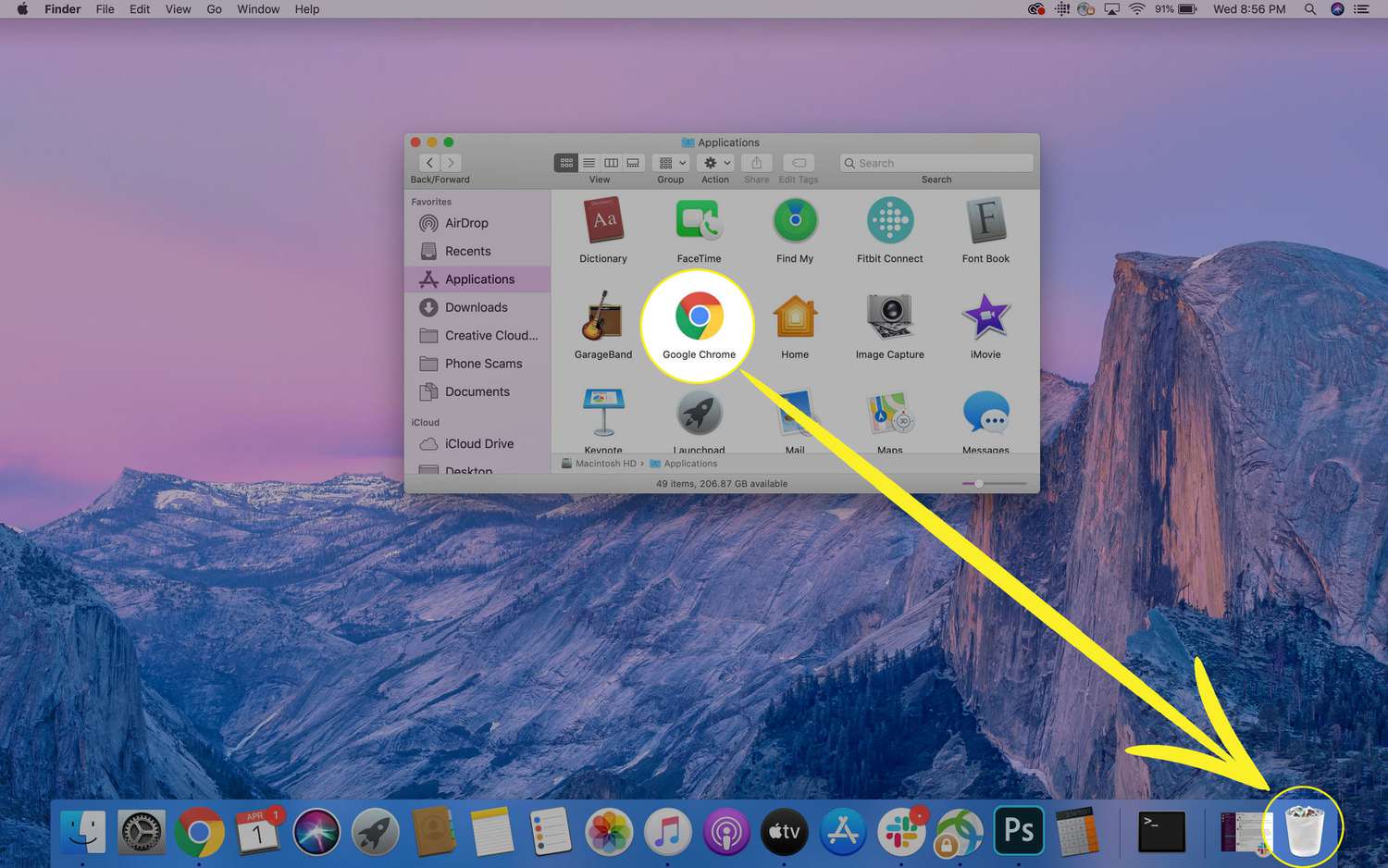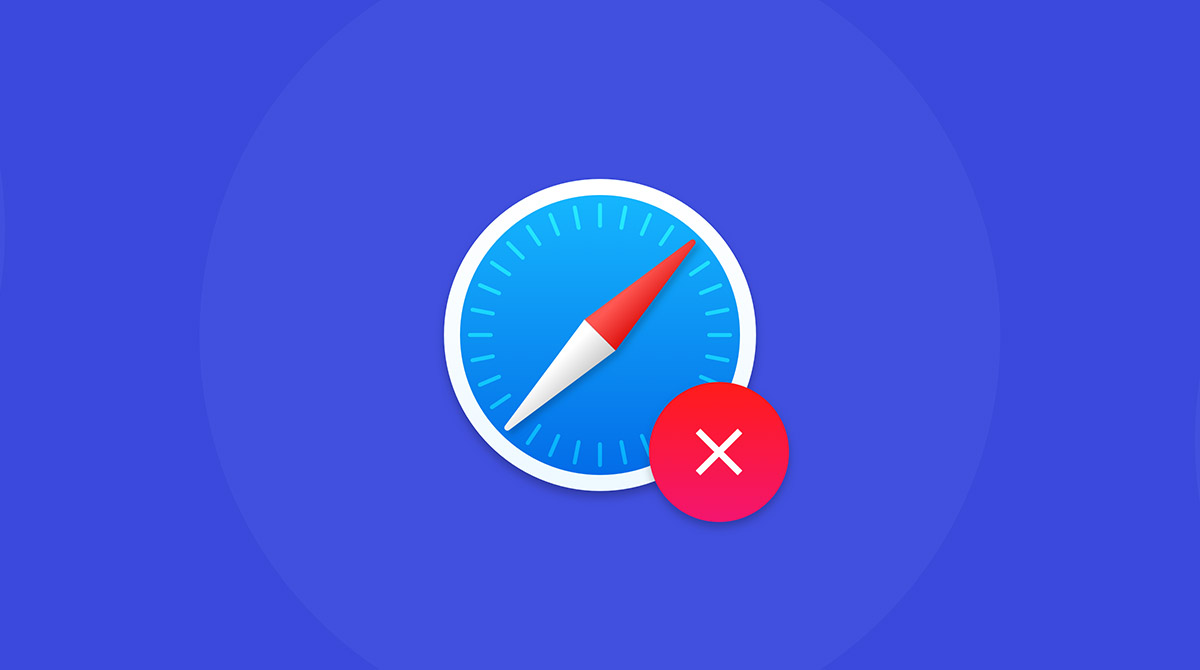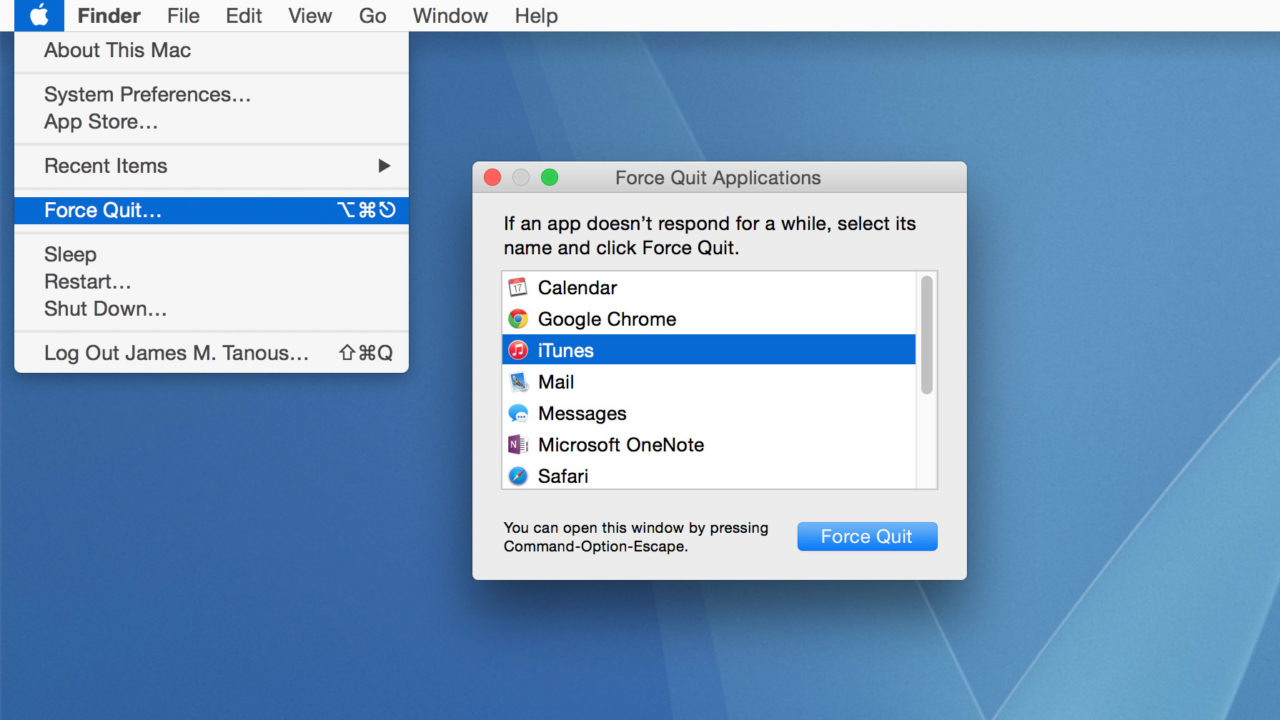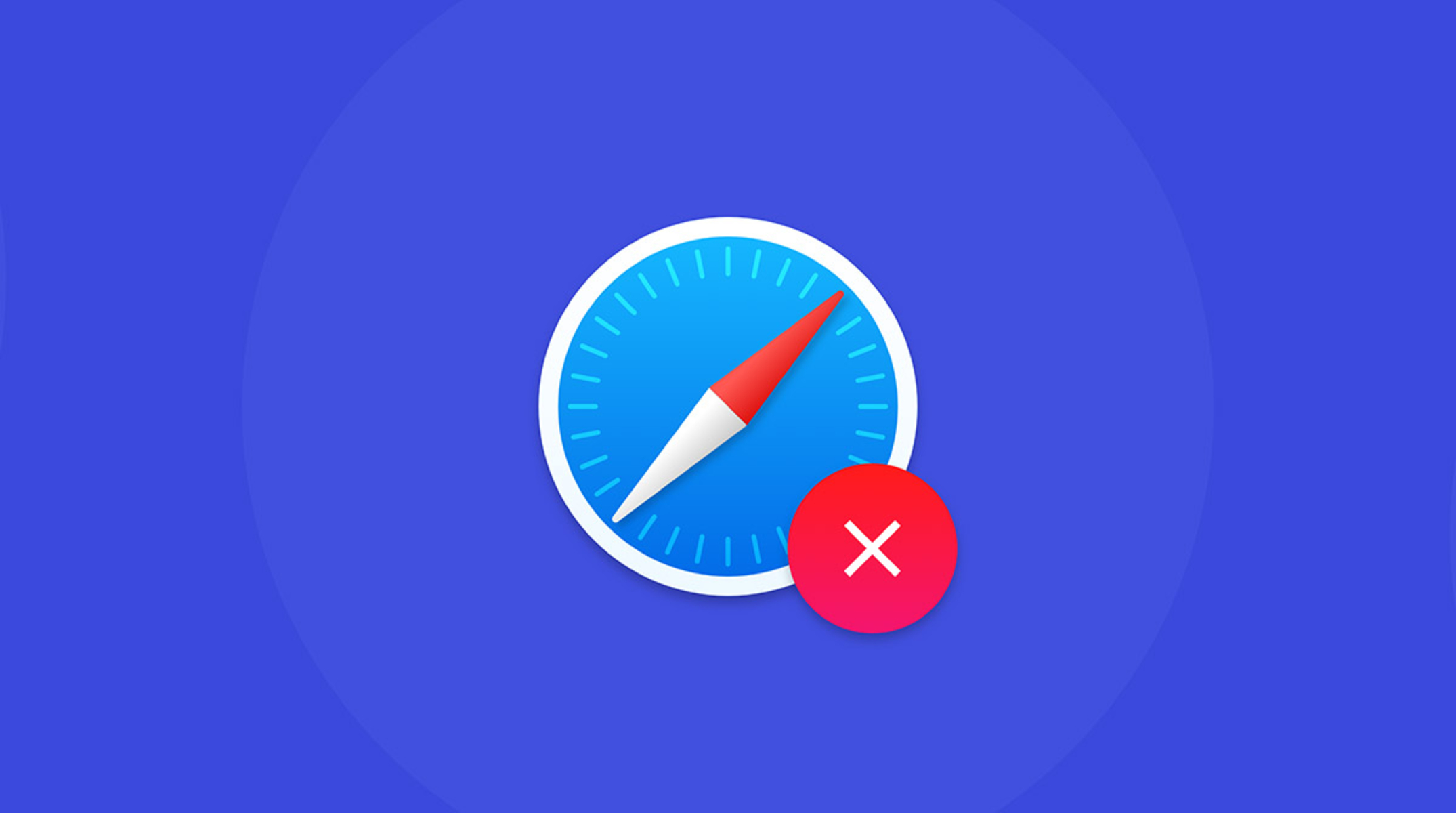Whether you’re using macOS for personal or professional use, it can be annoying when your apps don’t work. Sometimes, they run way too slowly for you to get any kind of work done. Other times, they stop responding altogether, which can be troublesome if your data isn’t automatically saved in your cloud storage. Unfortunately, we can’t help when this happens because it does occur from time to time. Thus, we need to learn how to force quit on Mac for times when our apps just won’t work.
Does Force Quit Work on Every App on Mac?
If all you’re working on are document files and spreadsheets, chances are your app won’t crash as much. However, if you’re running an older Mac, even simpler tasks and apps may crash from time to time. That’s especially so if you’re running newer software on older hardware.
Fortunately, learning how to force quit unresponsive apps on Mac is beneficial regardless of the hardware’s age. Most importantly, knowing how to force quit on Mac also applies to almost any app there on macOS. Therefore, you shouldn’t worry that learning how to force quit on Mac won’t work on Finder or other apps.
Will Force Quit Hurt Your MacBook?


When you have macOS force-quit apps, it solves the immediate problem of your apps not responding. However, when you force quit on Mac in general, it can cause problems. It’s not always safe to force-quit apps, especially if you’re using last resort options.
If you’ve learned how to force quit on Mac, it may become a useful tool for troubleshooting problems. However, don’t get used to doing it because it can result in corrupted files and data loss. Why? Well, because knowing how to force quit on Mac and doing so forcibly closes apps without running the proper procedures. When you quit apps normally, the app asks you to save your work. Force-quitting doesn’t have that feature and, therefore, might cost you hours of work.
Another reason why force-quitting isn’t healthy is because of things running in the background. Normal means of closing apps clean the things that are running behind the scenes. However, force-quitting coerces the app to close causing all background performances to stop without proper protocol. In the worst-case scenario, you might corrupt some of the files in your hard drive. However, it only affects files and software related to the app you were running.
Furthermore, sometimes learning how to force quit on Mac doesn’t always solve the problem. In those cases, you might resort to more drastic measures to get your computer to work again. However, some of these solutions (like hard-resetting your Mac) can cause other issues you don’t want to have. That’s why learning how to force quit on Mac is only a temporary solution. If your apps regularly stop responding, there may be a bigger problem you have to solve.
How to Force Quit Unresponsive Apps on Mac
With all of that said, let’s turn to the numerous ways to learn how to force quit on Mac. There is more than one option. However, all of them do essentially the same thing. The only difference is the means and tools you use. Not everything is ideal for different circumstances. For instance, some may be good methods for normal cases. Other times, you need more in-depth approaches to force-quit apps.
How to Force Quit on Mac Using the Apple Menu
The first method is the regular method Apple recommends. This method tells you how to force quit on Mac using the Apple menu. To do this, just follow the steps below:
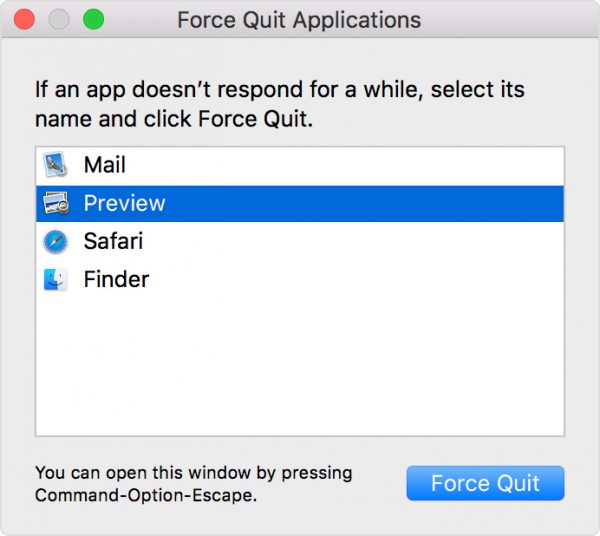

- On your desktop, you’ll see an Apple icon on the top-left. Click it and it’ll open a dropdown.
- Hit Force Quit on the list.
- A window should pop up displaying all the applications you can force quit.
- Choose the app that you want to force quit.
- At the bottom of the window, click Force Quit to close your application.
How to Force Quit on Mac Using Shortcut Keys
Sometimes, Apple’s regular method doesn’t work. If so, it’s time to learn how to force quit on Mac using keyboard shortcuts. Former Windows users should be familiar with this because it’s the same as Ctrl+Alt+Delete but on Mac. You can also use this for a quicker force quit than the first method.
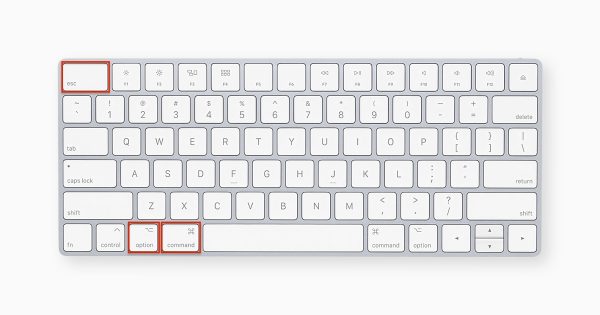

- On your keyboard, hit Opt (or Alt) + Cmd + Esc simultaneously.
- This should bring up the same Force Quit Applications window in the previous method.
- Find the application you want to close and hit Force Quit.
How to Force Quit on Mac Using the Option Key
If the previous methods are giving you no luck, try this other way using the option key and your dock. Just follow the given steps:
- On your Dock, find the app that’s not responding.
- Right-click or hit Ctrl + click on the app.
- Afterward, long-press on the Option key on your keyboard.
- You’ll find that the selection turns one of the options from “Quit” to “Force Quit.”
- Click on Force Quit and you should be done.
How to Force Quit on Mac Using Activity Monitor
Most of the above methods for how to force quit on Mac should work in most cases. However, there are times when some apps persistently won’t close. Hence, you might need a different approach. Try to force close the app in question using the activity monitor. To do so, follow these steps as outlined:
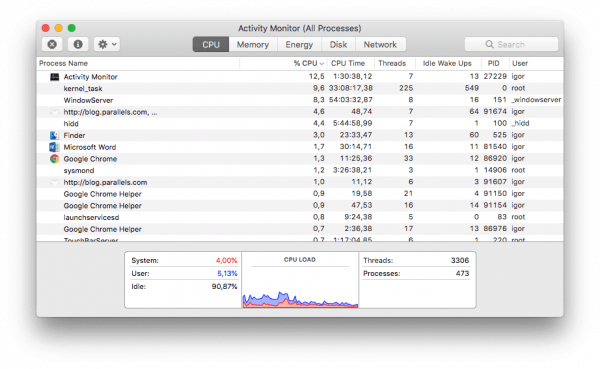

- Head to Spotlight (magnifying glass icon on your Mac’s top-right).
- Type in Activity Monitor and click on the app to open it.
- You’ll find a window showing all applications running on your Mac. This is one of the best methods if what’s causing you problems is a background application. In the Activity Monitor, find the app that you want to force quit and select it.
- Afterward, hit the X button (the one that looks like a stop sign) on the top-left.
You should know that this isn’t the cleanest method of closing your apps. That’s because some other unfamiliar applications might be running in the background. These names can appear under your Activity Monitor but seem foreign to you. Hence, it could be difficult to find every related application and close each one manually.
So, if this method doesn’t solve your issues with apps not responding, then you might have to restart your computer. Make sure to save all the files you’re working on before you do this. Afterward, restart your computer how you normally would. If you don’t want to do that, however, then proceed to the next (and final) method.
How to Force Quit on Mac Using Terminal


This last resort for how to force quit on Mac is a bit more technical than the alternatives. However, it should solve the problem if your apps are still not responding and won’t force-quit manually. Just follow these step-by-step guidelines to use the terminal:
- Launch your Applications folder.
- Scroll down until you see Utilities.
- Click on Utilities and open Terminal.
- Allow the terminal a few seconds to load your username and tilde. Afterward, type Top inside the terminal and press the Return key.
- You’ll find that the Terminal showcases all the applications you have opened. Moreover, Terminal will also display apps you don’t see (those that run behind the scenes). Apart from the list of apps, you should find information about each of them like RAM and CPU usage. Look closely at the table and find the PID column before the column that lists all your apps. Jot down the PID number you see next to the app in question on a piece of paper.
- Open another Terminal window using the same procedure as before. Afterward, type in this command: kill <PID #> (for example, kill 4340). The PID # should match the one you previously jotted down. Afterward, hit the Return key and the application should close.
What Happens When Force Quit Doesn’t Work on Mac
If any of the above methods don’t work, it might be time to restart your Mac entirely. Before you try to perform a hard reset, try to shut down your Mac the normal way. Click the Apple Menu > Shut Down. However, sometimes your Mac doesn’t respond even to your attempts at shutting it down. In that case, you might have to force it to shut down.
Firstly, try shutting down your Mac by pressing and holding the power button until you see some options. It should show the following: restart, sleep, and shut down. Click on Shut Down and hit Return.
If even that’s not working, the very last resort should be to force a shutdown with a hard reset. To do this, you should press and hold the power button for 6 seconds (regardless of what options pop up). This should automatically force your Mac to shut down. However, it will result in data loss if you didn’t save any of your open files.
Once your Mac is shut down (the screen should be completely black), you can turn it on again. The applications that were not responding should work properly now. However, if this happens to you regularly and you find yourself force-quitting often, you need to dig deeper. That’s because there could be an underlying problem that causes your apps to stop responding. Read on for more information about why apps don’t respond.
Why Do Mac Apps Stop Responding?
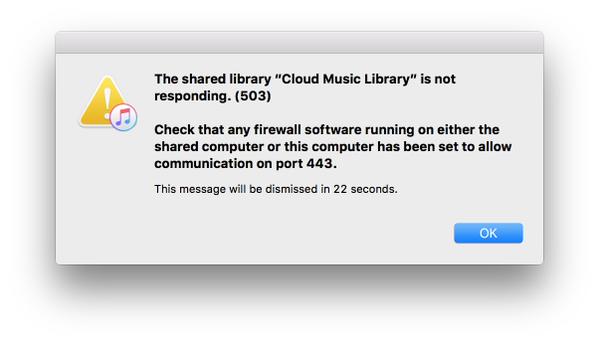

When your Mac stops responding or crashes, it can be a frustrating thing. Sometimes, the cause is only because of certain apps. Other times, it could be a different software or hardware issue on your Mac. Whatever the case may be, if this is a regular issue for you, it’s best to diagnose the problem.
Diagnostics: Finding the Problem
Treat the problem like you would a medical condition. It’s time to diagnose your Mac to pinpoint the exact cause and how to fix it. Only then can you prescribe “medicine” or apply any sort of “treatment.” Once you do, you should get your Mac up and running as smoothly as it should. Some treatments are easy and only require software issues. However, if your Mac has a hardware problem, the issue gets a little more difficult to address. Before you jump to conclusions about hardware, check out the next few potential causes and eliminate them as suspects.
Software Updates
Some apps don’t function properly simply because of software updates. That’s why it’s important to make sure all your desktop apps are up-to-date. To check on an app’s status, launch the App Store > Updates. Click the Update button next to the app you’re having problems with. It’s best to turn on automatic updates so that your apps can always update to the latest version.
App-Specific Problems
Sometimes, the app you’re using could itself be the culprit. That might be the case if only one app constantly stops responding. A simple uninstall-reinstall could fix the problem. However, if doing this doesn’t work, you might need to call the developer and ask for troubleshooting. They should be able to offer you solutions.
Compatibility
Apple’s been busy lately with many rollouts of hardware and software updates. They’re even moving over to in-house Apple Silicon instead of using the regular Intel chips. The reason why it’s important to keep track of Apple’s movements is because of compatibility. Recently, Apple discontinued support for 32-bit apps. macOS Mojave is the last macOS version that supports 32-bit apps. If you have a 32-bit app running on a later version of macOS, then you have your culprit.
On the other hand, there could be non-32-bit compatibility issues between your macOS version and the app in question. Make sure to check the app’s developer website for what macOS version it’s compatible with. Then you can compare it to the version you have now.
To check your macOS version, go to the Apple Menu > About This Mac > System Report. If they’re incompatible, either update (or downgrade) your macOS version or update your app. However, if the app doesn’t have a compatible version with your current macOS, contact the app developer.
Lack of RAM
Sometimes, apps crash because of the lack of RAM. If you find your browser crashing with multiple tabs and other apps open, this is likely the case. That’s because you need more RAM to run multiple apps at the same time. Moreover, some apps are particularly RAM-heavy (for example, Adobe’s apps like Photoshop and Illustrator and graphically-intensive games).
Thus, if you don’t have enough RAM, try going for a more stripped-down workflow. Close apps that you don’t need to use simultaneously. If you need RAM-heavy workflows that much, you might need to upgrade your RAM. However, this won’t be an easy process because Apple glues on the RAM on some of its devices. Therefore, upgrading your RAM might not be an option depending on your Mac model. You might have to buy a new computer if RAM is that essential to your workflow.
Lack of Disk Space
Sometimes, you might feel your apps aren’t responding. However, sometimes, it’s only because your Mac is slowing down. If that’s the case, it might be because of too many files in your system. Your Mac needs ample space to start up properly and run background processes. Unfortunately, Apple doesn’t say how much space is required. Therefore, your best bet is to reduce the number of files on your system. Try to keep 15% of your disk space free.
Ask Apple Geniuses
They’re called Apple Geniuses for a reason. If you’re stumped about how to diagnose and fix the problem, it’s best to get professional help. Where can you get that? From an Apple Genius. Booking an appointment with an Apple Genius is free in any Apple Store.
When you do so, they diagnose the problem with your computer and recommend solutions. However, when it’s in bad shape, Apple might offer to fix your unit. That doesn’t come without a price, though. You have to pay to repair your computer unless it’s still under warranty. It’s even better if you have AppleCare applied.
Final Word
Apps crash and stop responding many times throughout our computer’s lifespan. Fortunately, force quitting apps is an easy feat. There are multiple ways to do it and, most of the time, this should fix the problem. However, force-quitting apps doesn’t come without its repercussions. For instance, force-quitting more often than not doesn’t save your current progress.
If you haven’t saved before force-quitting the app, you’ll lose all your work. That’s why it’s important to be patient with apps before resorting to forced quits. Moreover, when you find apps regularly stop responding, there may be an underlying cause. If so, force-quitting is only a temporary solution to a deeper problem. Therefore, if you find yourself force-quitting often, get to the bottom of why it happens.
